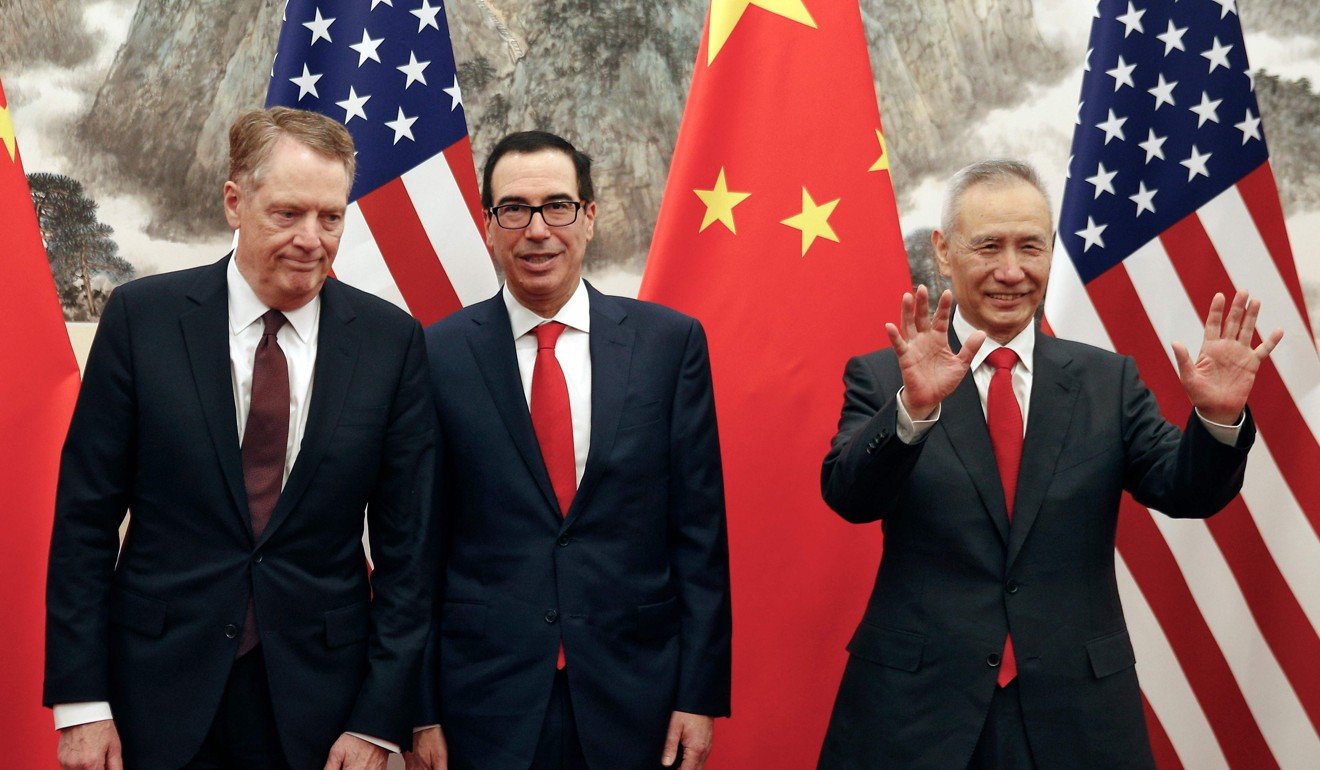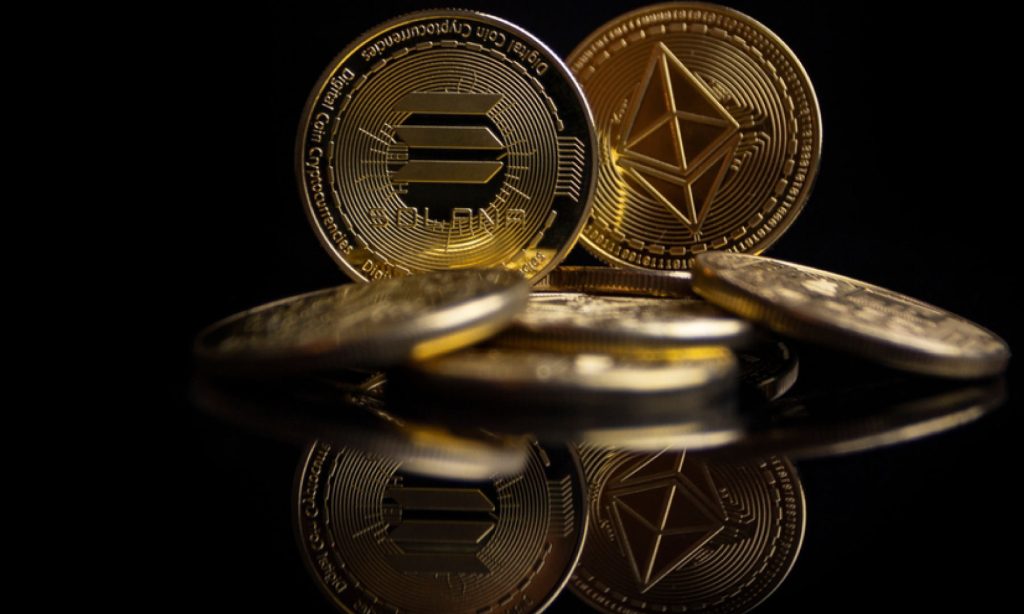The Bank of Japan (BOJ) is staring down the barrel of a truly agonizing dilemma. Their potential rate hike is the focal point of global market anxiety right now, and honestly, it’s a mess. Any move they make is going to be seriously painful.

For years, the BOJ has stubbornly clung to its ultra-loose monetary policy. It’s been a bizarre experiment, frankly, aiming to kickstart inflation in a nation that’s been used to deflation for decades. Now, with inflation finally creeping up, they’re caught.
Raising rates now risks choking off any nascent economic growth. Japan’s debt levels are astronomical, and even a small rate increase could trigger a sovereign debt crisis. Seriously, we’re talking about potentially catastrophic consequences.
But not raising rates? That allows inflation to run wild, eroding purchasing power and potentially causing even bigger problems down the line. This ain’t just about numbers on a screen; it’s about real people’s livelihoods.
Let’s talk a bit about what’s going on here. Japan’s unique economic situation – years of deflation combined with massive government debt – makes traditional monetary policy tools incredibly blunt. Quantitative easing (QE), which involves the BOJ buying up government bonds and assets, has become a core strategy to keep rates low and inject liquidity. However, prolonged QE can lead to currency depreciation, increasing import costs and feeding inflation. The BOJ is essentially walking a tightrope, attempting to manage inflation without triggering a debt spiral or economic recession. It’s a situation most central banks haven’t even dreamed of facing, and frankly it’s a bit terrifying to watch unfold.
The global markets are holding their breath, and frankly, the BOJ is stuck between a rock and a hard place. Brace yourselves, folks. This is going to be a bumpy ride.






